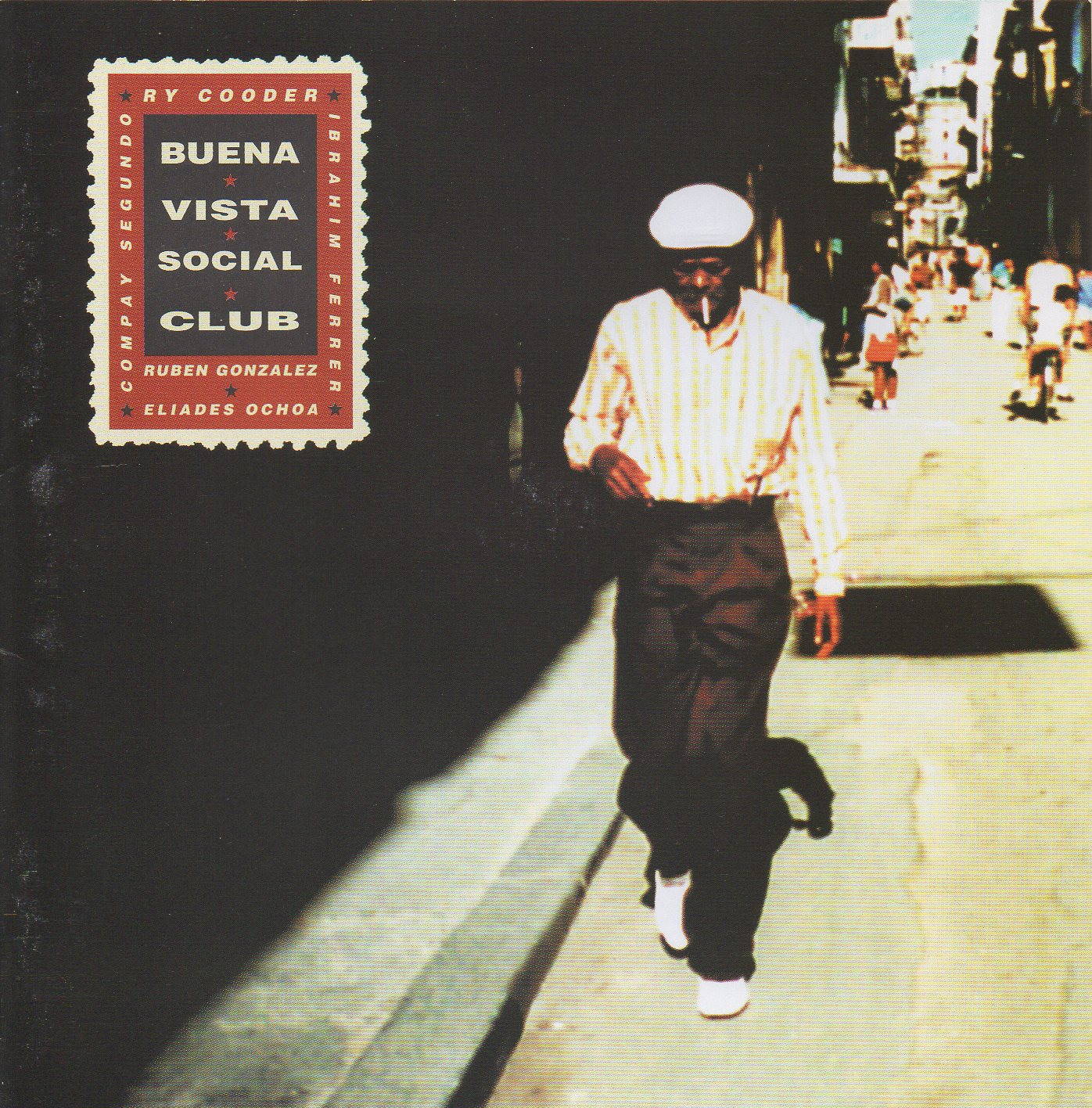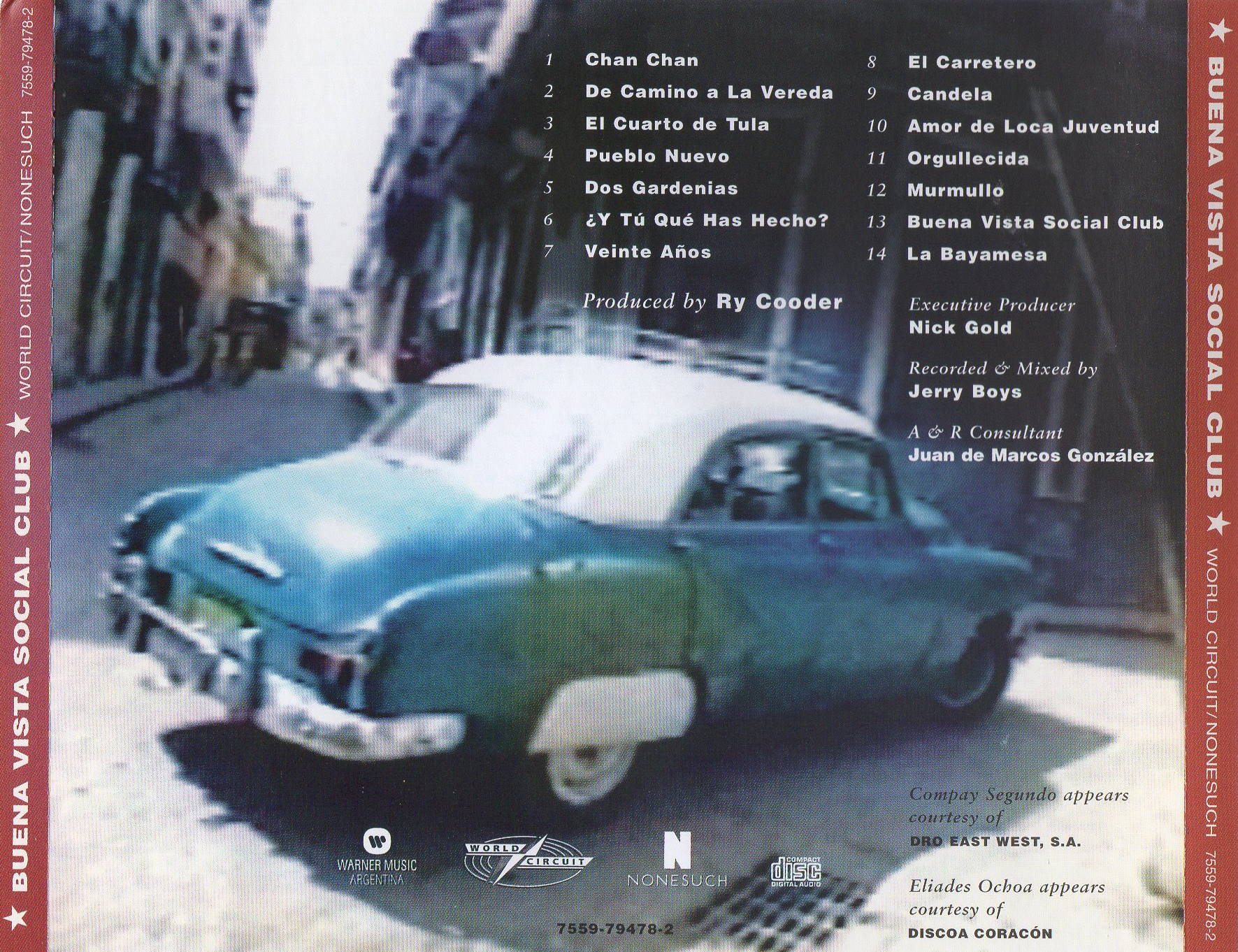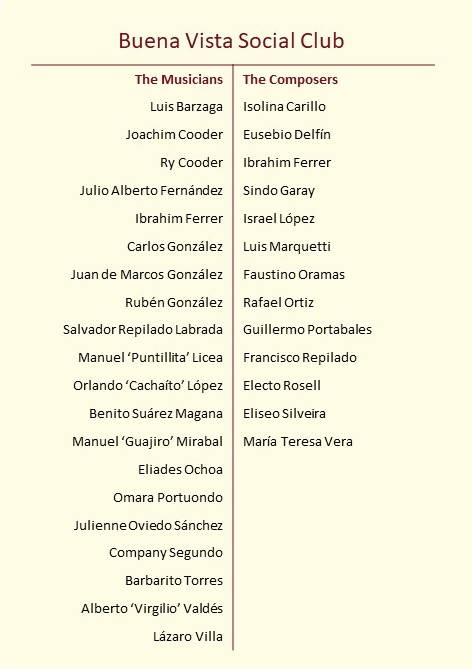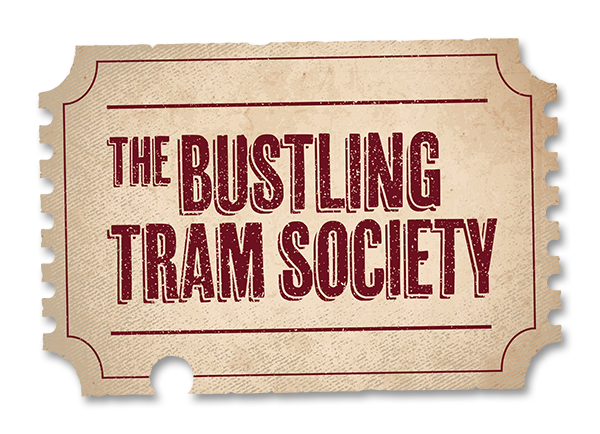A glimpse into the world of authentic Cuban music...
Shut your eyes, put the album on and imagine you’re in a bar in Havana; in a different era, operating at a difference pace of life; every so often some of the locals jump up and dance along to the music, swaying to a waltz or dancing a danzón. All the while you just sit there and soak up the atmosphere, forgetting the outside world for an hour while this album takes you far away…
At least that’s what it does for me anyway!
I speak a bit of Spanish, but it’s nowhere near enough to claim to be fluent and certainly not enough to understand what is sung on Spanish speaking records (if I’m honest, I struggle to pick out English lyrics half the time!), so this does perhaps limit my appreciation of the album, however the music itself and the feel, require no knowledge of the language – there are no barriers there.
The Backdrop
This album, recorded by the collective group of musicians going by the same name, was released in 1997 to critical acclaim. The album, totalling 14 songs, was recorded in just 6 days, which is an insanely short period of time, especially as the musicians only got together for the purpose of recording - they weren’t a gigging band heading to a studio after months of practice, as is often the way.
It went on to win a Grammy award in 1998 and in 2003 was placed at number 260 of the greatest albums of all time by Rolling Stone magazine – an astonishing achievement for what is essentially a niche style to those of us who aren’t Cuban.

The History
The project itself was organised by World Circuit’s Music producer, Nick Gold and American guitarist, Ry Cooder. The story behind the recording is fascinating, so we simply have to mention some of it here.
Many of the musicians that played on this album were already retired while others were scraping a living doing whatever else they had to (Ibrahim Ferrer was shining shoes and selling lottery tickets), so when Ry Cooder arrived in Havana, he had to persuade many of them to actually join the project (not that it took much persuasion apparently). Compay Segundo (the trova guitarist) for example was 89 years young when he recorded this album! Think about that for a minute… recording one of the most critically acclaimed albums ever at that age – it’s simply incredible.
Mixed with the older generation of players were some of Havana’s finest musicians on the live scene and the result is this truly sparkling and timeless album.
Ry Cooder’s Thoughts
According to the Buena Vista Social Club website, Ry said:
“This is the best thing I was ever involved in. It’s the peak, a music that takes care of you and nurtures you. I felt that I had trained all my life for this experience and it was a blessed thing.”
“These are the greatest musicians alive on the planet today,” he enthused. “In my experience Cuban musicians are unique. The organisation of the musical group is perfectly understood. There is no ego, no jockeying for position so they have evolved the perfect ensemble concept.”
And the choice of songs to record?
Again, according to Ry Cooder:
“Company Segundo knew the best songs to record because he’d been playing them since World War 1.”
So let’s dive right in…
Most of the songs on this album can be defined in terms of a traditional Cuban form: sons, danzóns, boleros, guajira or criolla, but there are also some modern Americana, jazz and blues influences too.
Slower songs such as ‘Chan Chan’, ‘Dos Gardenias’ and ‘Murmullo’ feature solid vocals, great rhythm playing, strong lead melody lines and subtle percussion. Definitely ones you can imagine hearing in that warm Havana bar.
Party Time
But far from all being slow tunes, there are several upbeat ones and if you are ever hosting a summer BBQ party and want a tune to get it moving, then look no further than ‘De Camino A La Vereda’ – if this doesn’t get you in party mood then nothing will! Other songs that will irresistibly get your foot tapping include ‘El Cuarto de Tula’ and ‘Candela’.
Piano from Heaven
Then there is ‘Pueblo Nuevo’ – if I ever learnt to play piano then this is the song I would want to be able to play!
If I could go back in time and wander into a Cuban bar circa 1930, I can imagine this tune being played. Such depth and warmth to the piano and all beautifully underpinned by the other musicians; never at any stage interfering with the incredible piano played by Ruben Gonzalez – another of the veteran out-of-retirement performers!

The Guitar influence
‘Y Tú Qué Has Hecho’, ‘Veinte Años’, ‘El Carretero’ and ‘Amor De Loca Juventud’ all have brilliant guitar intros and lead lines throughout. Allowing the guitar to lead in these songs, then piano in another or trumpet in another, creates such contrast and ensures the album stays fresh for each song. Ry Cooder's assessment comes to mind again:
“There is no ego, no jockeying for position so they have evolved the perfect ensemble concept.”
Full list of Buena Social Club musicians and composers.

Different vocal leads
Many of the songs have a variety of vocals on them, such as when Omara Portuondo joins Ibrahim Ferrer on ‘Veinte Años’ or the joint vocals on ‘Amor De Loca Juventud’ and ‘La Bayamesa’. All of them combine to create this distinctive style that we hear on the album.
Ry Cooder's beautiful slide playing
Then there is Ry Cooder’s exquisite slide guitar underpinning many of the songs – dare I say proving that you don’t have to be Cuban to play great Cuban music? Not sure many Cubans would agree with me there though! 😉
For me, the jewel in the slide guitar crown is Orgullecida – I simply love that solo and interplay with the other instruments behind it – perfect (although I should point our it's not one of the most traditional Cuban songs on the album)!
The space in between
There is a fantastic balance throughout which I love. It feels like a group of musicians with a total respect for each other; playing what they want to play, in harmony with each other and no pressure to adhere to anything other than their own musical heritage. Is it perhaps these relationships, as much as the incredible playing, that allows us this glimpse into authentic Cuban music?
So what did you think? Are you as taken by this album as I am? Tell us over on Facebook and lets start a chat about this incredible album!
Saludos,
Dave


No comments